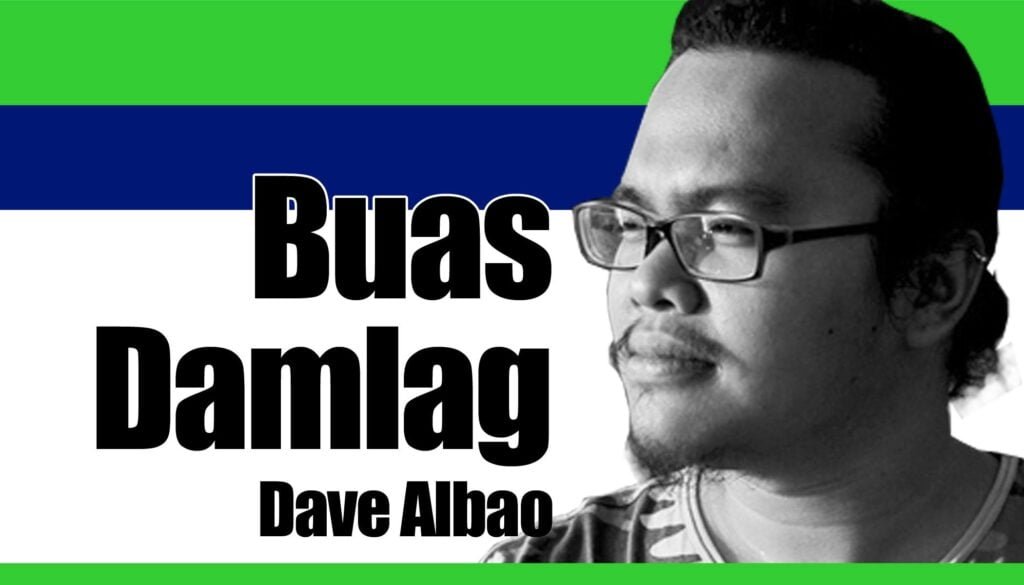Editor’s Note: Dave Albao is the executive director of the Philippine Reef and Rainforest Conservation Foundation based in Danjugan Island In Cauayan, Negros Occidental.

It has been more than six months since most of us have traveled outside of our home province. While the pandemic is restricting movement and causing massive upheaval in our way of life, we are forced to take a look into the idea of a contained community and how it will support us as we further adapt to it.
The idea of a self-sustaining island is, however, not new. Even pre-COVID-19, there were already campaigns for essential goods and services within our local economy less dependent on imports.
Are there streamlined efforts from the public and private sectors to encourage the development of economic growth in this direction? Or are the technical requirements – such as sourcing of raw materials, access to manufacturing and distribution facilities, or competitive costing – outweigh the desire for empowering homegrown industry? Citizens need to be fully engaged and collaborative in addressing these questions.
It must be in our best interest to build our “Island of the Future” – where we, citizens, have a say on how Negros can sustain itself into the coming decades. Food security, livelihood, access to basic services without depending too much on external sources, should make sense to our leadership.
Negrenses can be rallied for working together towards these needs. We do not have a choice; with the current pandemic we cannot wait it out longer and succumb to economic depression.
Lockdowns, business restrictions, regulatory barriers, and short-term subsidies or ‘ayuda’ define our government’s response to the COVID-19 crisis with a growing skepticism about their outcomes. “Indi kita mapatay sa COVID, mapatay kita sa gutom (We won’t die from COVID, we will die from hunger)” is not uncommon in public discourse.
The thing is, the concept of “Island of the Future” is not at all unique. We are not being asked to draw frameworks out of a magician’s hat. There are many models to learn about around the world, and in fact, Negros was supposed to be a model island, too, in terms of sustainability, with our organic farming campaign at the forefront, the provincial leadership has carried the vision of a self-sustaining island.
Several local governments in Negros are also striving for the sustainable development goals. But alas, too many good programs, e.g. “Negros Island Region” were lost due to political divides and persisting dark clouds of corruption.
We have the resources, skills and talents to ensure a healthy and thriving future for our province. We only need a true gathering of minds, both experienced and imaginative. The government could bring us all together, otherwise the private sector will do the job.
For sure, the discussion on progressive ideals may be too idealistic or aspirational, yet that does not stop us from finding means to make realistic contributions and changes. If we can dream of technologies and things like a Philippine space program, we can also address the challenges of sustainable development for our very own home island.
We only need to conquer the barriers to progress that is, ecologically, socially and economically beneficial to the people of Negros.
This column is interested in our thoughts and actions for making a future possible for Negros, where we have enough to thrive in harmony with nature, no one is left behind, and our citizens participate and decide on what this future means to them.
Let’s dedicate some space in this publication to innovations, disruptions, and dilemmas for sustainability – dissect these with contributed data and analysis. We,
of course, will not agree, all the time, but such is how our discourse shapes what lies ahead for our island – more than ever, a home that will sustain us.*




